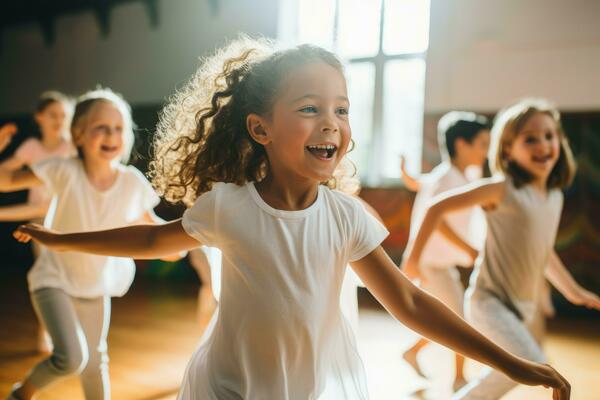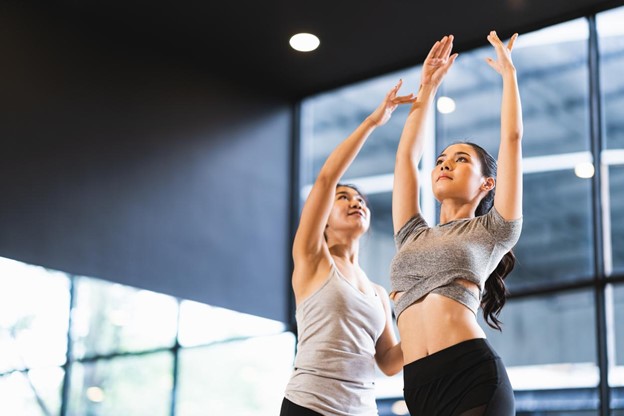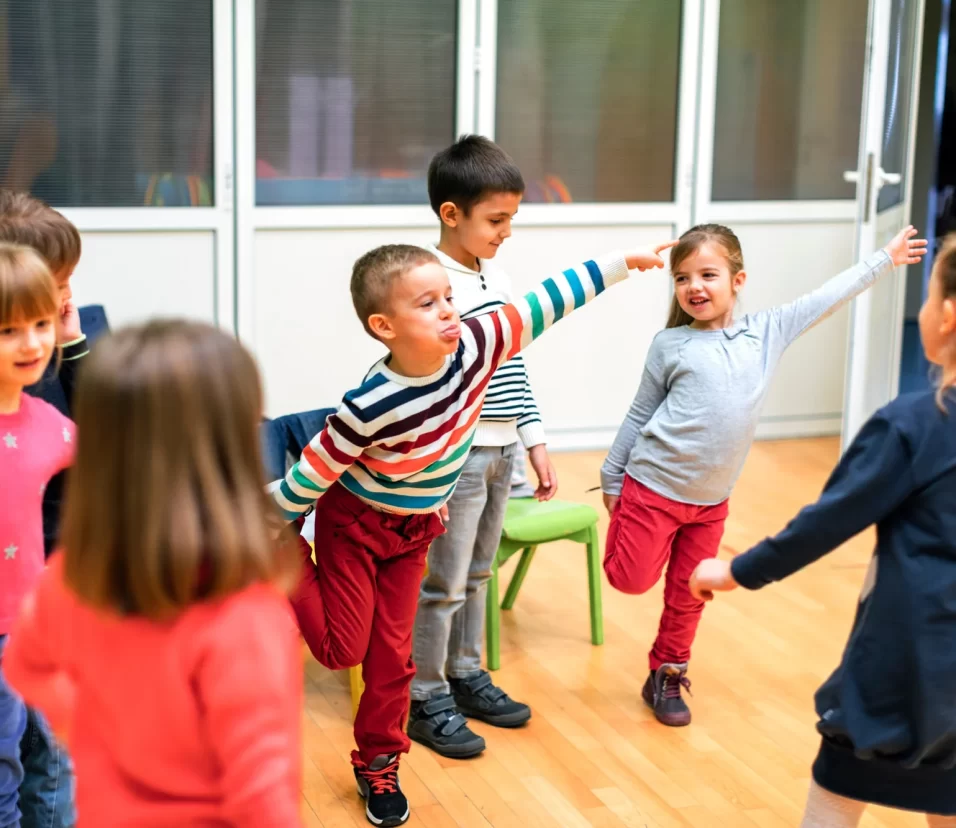What Makes Thoughtful Dance Education Effective for Children?
Incorporating age-appropriate dance in children’s education enriches their physical well-being and boosts cognitive and emotional development. Through carefully designed programs that respect the developmental stages of young learners, dance educators can create a positive impact that lasts a lifetime.
Why Age-Appropriate Dance Matters
When children are introduced to dance at an early age, it helps set a foundation for various benefits, from physical coordination to emotional expression. Dance in early education fosters creativity, improves motor skills, and encourages self-confidence. It also helps children develop discipline as they learn to follow instructions and work independently and in groups.
Dance for Child Development programs designed specifically for preschool and early elementary students can yield remarkable benefits in physical health and academic performance. Research has shown that dance-based learning for preschool helps children with balance, flexibility, and endurance while also promoting better memory retention through rhythmic patterns.
Thoughtful Dance Programs: What to Look For
Parents and educators should seek out dance programs that understand children’s developmental needs. Look for curricula emphasizing creativity and exploration rather than highly structured or overly competitive environments. For instance, dance classes incorporating storytelling, music, and simple movements can engage young children in a way that feels more like play than structured learning.
Incorporating dance in early education also highlights the importance of learning through movement. Programs that use age-appropriate themes and encourage expression through body language support emotional regulation and help children connect with their feelings.
How to Choose the Right Dance Program
When selecting a dance studio or educational program for young children, parents should consider whether the curriculum is tailored to their child’s age and development level. Does the program provide opportunities for creative movement alongside basic technical skills? Are the teachers trained in child development and dance instruction?
Platforms like the Moververse can be a great resource for parents and educators seeking specialized tools to streamline these decisions. Moververse offers dance programs for children and provides educators with teacher-specific resources to ensure that every class meets developmental milestones while remaining fun and engaging. Their curriculum supports both dance for child development and dance-based learning for preschool, which can help shape positive, well-rounded dancers.
The Long-Term Benefits of Age-Appropriate Dance
Introducing dance at an early age can have lasting effects. Children are more likely to develop a lifelong love for movement by emphasizing enjoyment and exploration in the early years. Moreover, regular physical activity through dance can improve health outcomes, such as enhanced coordination, cardiovascular health, and focus.
The best dance programs prioritize a holistic view of the child’s development, blending movement with cognitive growth, emotional maturity, and social skills.
Conclusion
Age-appropriate dance programs are about more than just teaching children to perform specific steps. These programs can support overall development in a fun and engaging way, providing young learners with the tools they need to grow into well-rounded individuals. Whether you’re a parent, teacher, or studio owner, ensuring that your dance curriculum is thoughtful and developmentally appropriate can make all the difference. With the help of platforms like Moververse, educators can further enhance their classes with tailored resources and dance programs designed specifically for young learners.
By fostering a love for movement in an age-appropriate way, we can ensure that children reap the benefits of dance both now and in the future.







Leave feedback about this